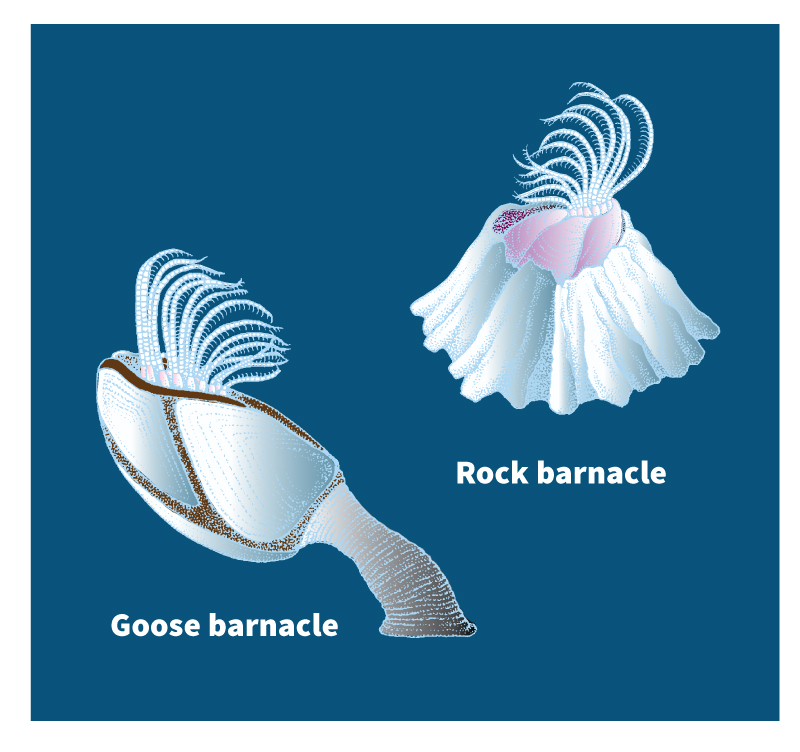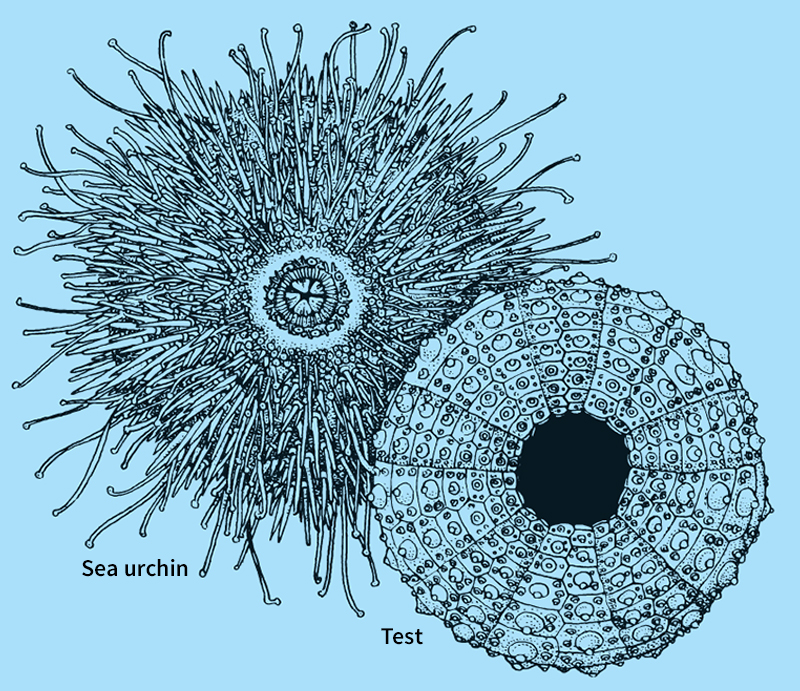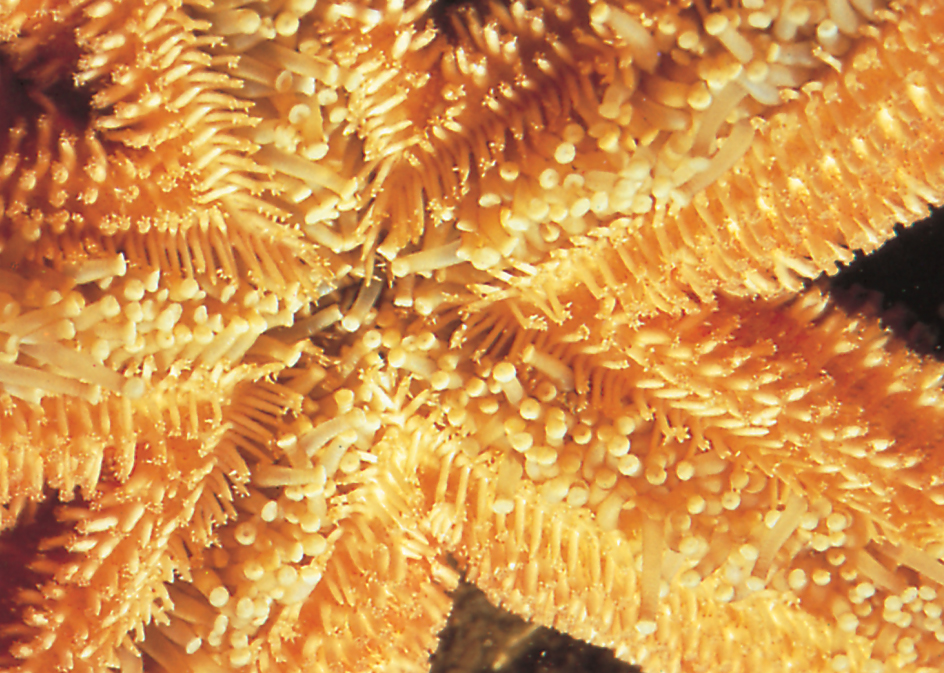Tide pool is a small pool of seawater trapped on land as the tide goes out. Tide pools may be only inches or centimeters deep and a few feet or meters across. Yet tide pools may be home to a variety of sea life, including barnacles, crustaceans (shellfish), mussels, sea anemones, sea urchins, seaweed, starfish, and small fish. Tide pools are popular with naturalists and beach visitors, offering the opportunity to view sea life up close.

Tide pools form in the intertidal zone. The intertidal zone is the region of the shore that is underwater at high tide but exposed at low tide. Tide pools may form on steep, rocky ledges; on sloping, sandy beaches; and in mudflats (muddy lands exposed at low tide). Spectacular tide pools form in rocky areas, where the action of waves can slowly erode (wear away) hollows in the rock.

Tide pools present a challenging environment for living things. The isolated seawater can warm up sharply, particularly in sunlight. Oxygen levels drop as living things use up oxygen dissolved in the seawater. The confinement of the tide pool leaves animals exposed to crabs, wading birds, and other predators (hunting animals). The returning tide cools the tide pool and replenishes its oxygen. It also brings food in the form of plankton, tiny living things floating in the water. But, the rising tide may also bring pounding waves and additional predators, such as fish.
Many living things have adapted to life in the tide pool. Snails, barnacles, and mussels, for example, have hard shells to protect against predators and prevent drying out. Barnacles and mussels attach themselves to rock with powerful natural adhesives to prevent being swept away by the waves. Urchins and starfish cling to the sides and floor of the pool using structures called tube feet. 
People may be drawn to tide pools for a close-up view of sea life. Visitors should be careful around the water, particularly on slippery rocks. They should avoid touching, disturbing, or removing tide pool life, which is illegal in many areas. Even abandoned shells may be an important resource in the tide pool ecosystem, where they may be reused by such animals as hermit crabs. Visitors can contribute to the health of the intertidal zone by removing any discarded plastic or other trash they find.
